目录
vite proxy 解决跨域问题
为什么会出现跨域问题?
浏览器的同源策略
首先给出浏览器“同源策略”的一种经典定义,同源策略限制了来自不同源(相对于当前页面而言)的document或script,对当前document的某些属性进行读取或是设置,举例来说,A网站(www.aaa.com)上有某个脚本,在B网站(www.bbb.com)未曾加载该脚本时,该脚本不能读取或是修改B网站的DOM节点数据。
解决办法
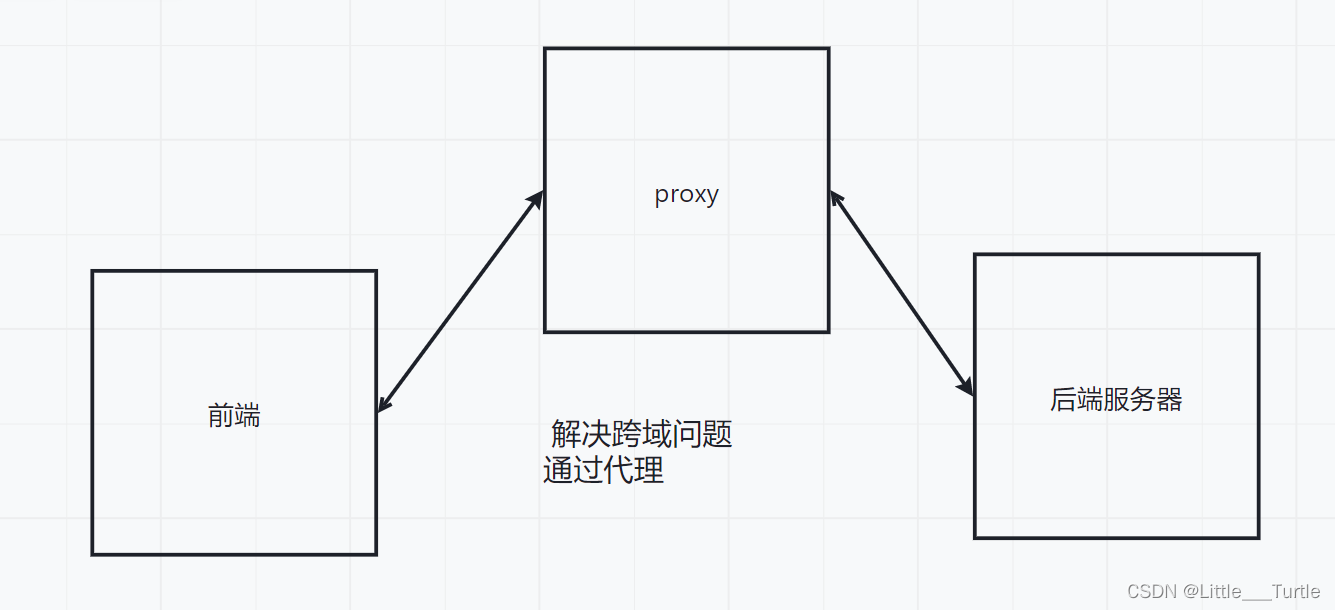
?代码演示
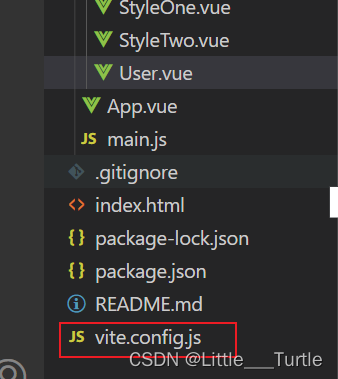
vite.config.js
import { defineConfig } from 'vite'
import vue from '@vitejs/plugin-vue'
// https://vitejs.dev/config/
export default defineConfig({
plugins: [vue()],
//中转服务器
server:{
//通过代理实现跨域 http://localhost:20219
proxy:{
'/api':{
//替换的服务器地址
target: 'http://localhost:20219',
//开启代理 允许跨域
changeOrigin: true,
//设置重写的路径
rewrite: (path) => path.replace(/^\/api/, ""),
}
}
}
})
?运行结果?

?fetch
Fetch API 提供了一个获取资源的接口(包括跨域请求)。任何使用过?XMLHttpRequest?的人都能轻松上手,而且新的 API 提供了更强大和灵活的功能集。
优点:
1. 语法简洁,更加语义化
2. 基于标准 Promise 实现,支持 async/await
3. 同构方便,更加底层,提供的API丰富(request, response, body , headers)4. 脱离了XHR,是ES规范里新的实现方式复制代码
缺点:
1. fetch只对网络请求报错,对400,500都当做成功的请求,服务器返回 400,500 错误码时并不会 reject。
2. fetch默认不会带cookie,需要添加配置项: credentials: 'include'。
3. fetch不支持abort,不支持超时控制,造成了流量的浪费。
4. fetch没有办法原生监测请求的进度,而XHR可以
代码演示
Post请求
后端接口展示

user.vue
<template>
<h2>用户页面</h2>
<button @click="userLogin">登入</button>
</template>
<script>
export default {
data() {
return {
user: {
userTelephone: 12244332222,
userPassword: "123456"
},
};
},
//fetch 原生js 是http数据请求的一种方式
//fetch 返回promise对象
methods: {
userLogin() {
fetch("api/user/userLoginByPassword", {
method: "post",
body: JSON.stringify({
userPassword: this.user.userPassword,
userTelephone: this.user.userTelephone
}),
headers: {
"Content-Type": "application/json",
},
})
.then((res) => {
console.log(res);
//json()将响应body 解析json的promise
// console.log(res.json());
return res.json();
})
.then((res) => {
console.log(res);
});
},
},
};
</script>运行效果
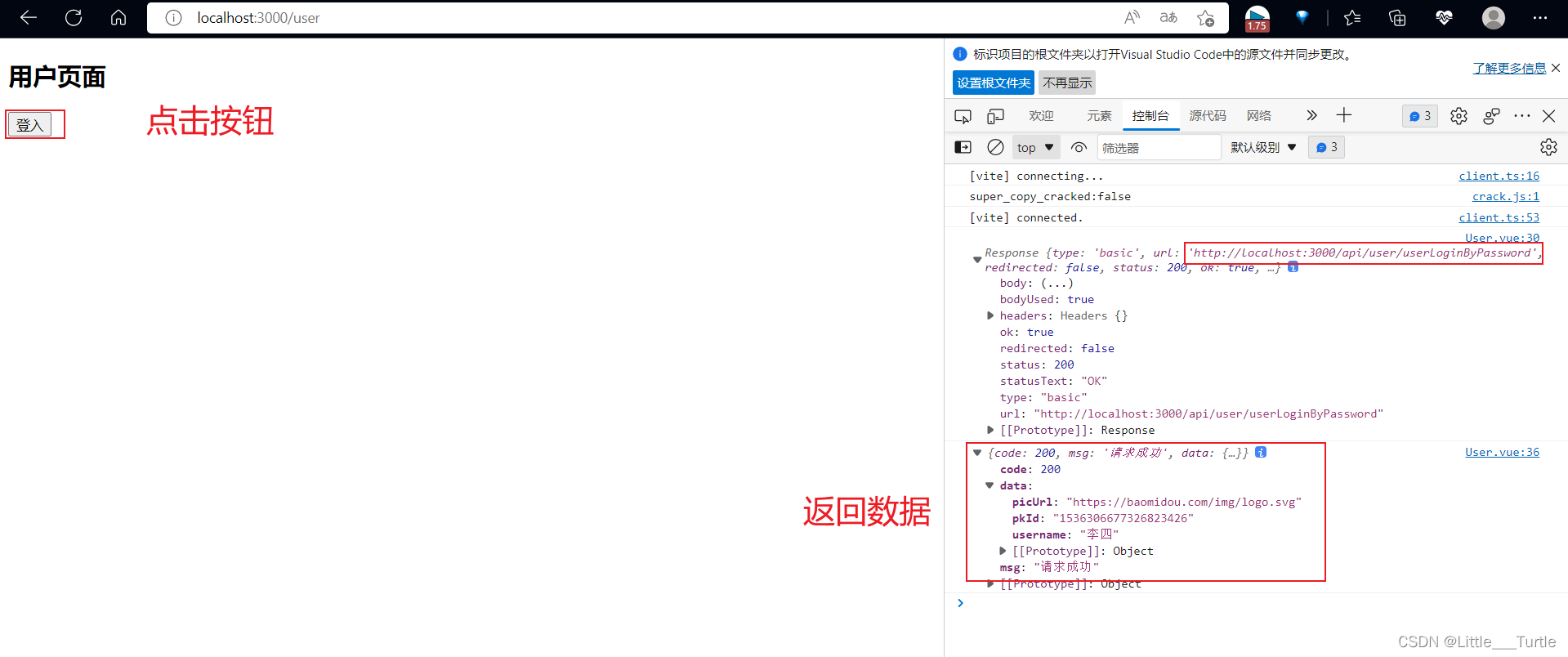 Get请求
Get请求
后端接口展示
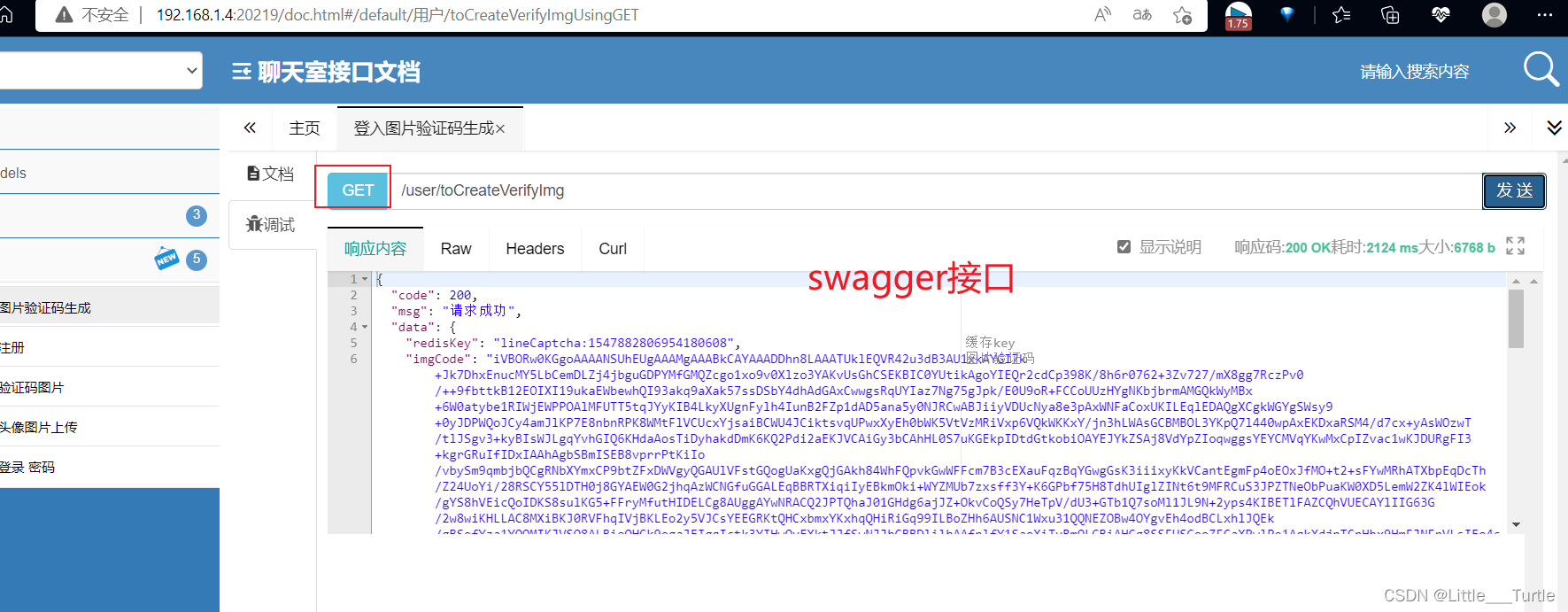
?user.vue
<template>
<h2>用户页面</h2>
</template>
<script>
export default {
//fetch 原生js 是http数据请求的一种方式
//fetch 返回promise对象
created() {
//获取验证图片
fetch("/api/user/toCreateVerifyImg", {
method: "get"
})
.then((res) => {
console.log(res);
//json()将响应body 解析json的promise
// console.log(res.json());
return res.json();
})
.then((res) => {
console.log(res);
});
}
};
</script>运行结果
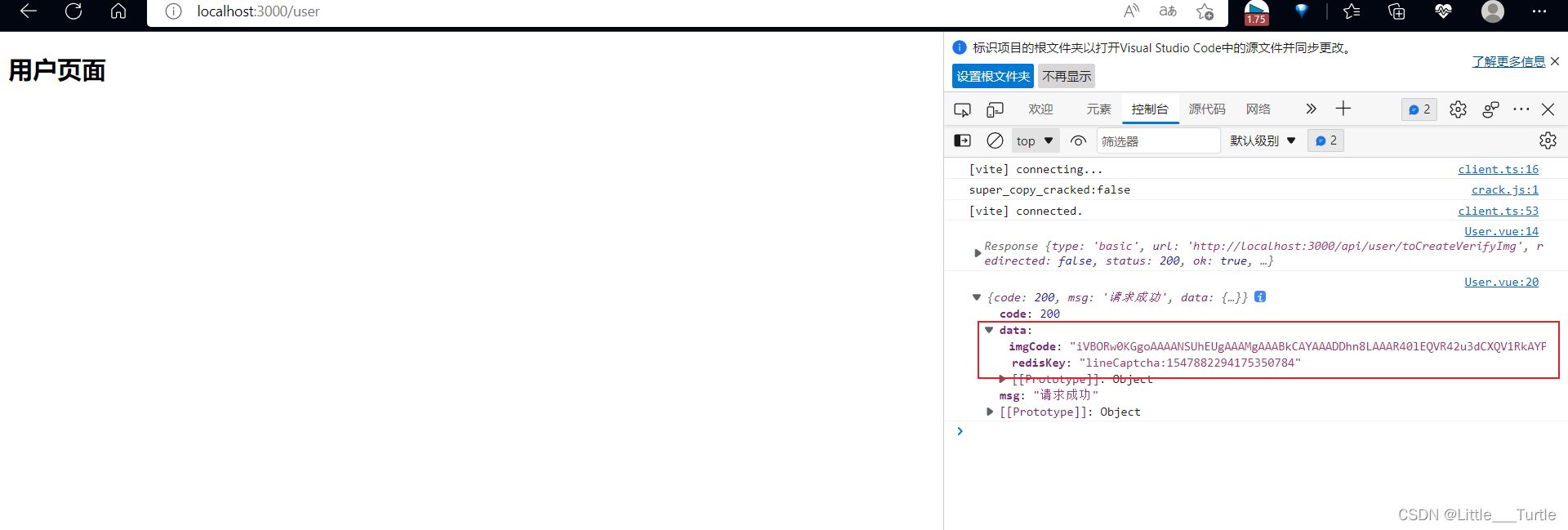
Axios
Axios 是一个基于?promise?网络请求库,作用于node.js?和浏览器中。 它是?isomorphic?的(即同一套代码可以运行在浏览器和node.js中)。在服务端它使用原生 node.js?
http?模块, 而在客户端 (浏览端) 则使用 XMLHttpRequests。
axios优点:
- 支持node端和浏览器端
- 支持 Promise
- 丰富的配置项
安装
使用 npm:
$ npm install axios查看是否安装成功
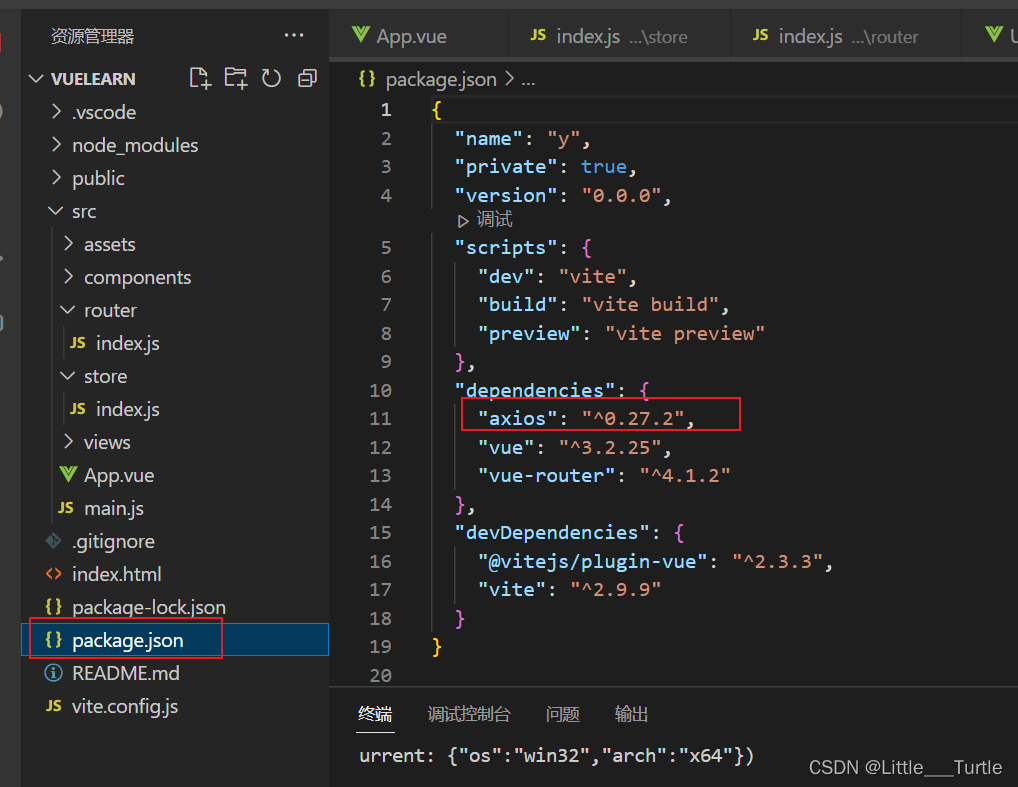
代码演示
Post请求
后端接口演示

User.vue?
<template>
<h2>用户页面</h2>
<button @click="userLogin">登入</button>
</template>
<script>
import axios from 'axios'
export default {
data() {
return {
user: {
userTelephone: 12244332222,
userPassword: "123456",
},
};
},
methods: {
//登入
userLogin() {
axios
.post("api/user/userLoginByPassword", {
userPassword: this.user.userPassword,
userTelephone: this.user.userTelephone,
})
.then(function (response) {
console.log(response);
})
.catch(function (error) {
console.log(error);
});
},
},
};
</script>运行结果
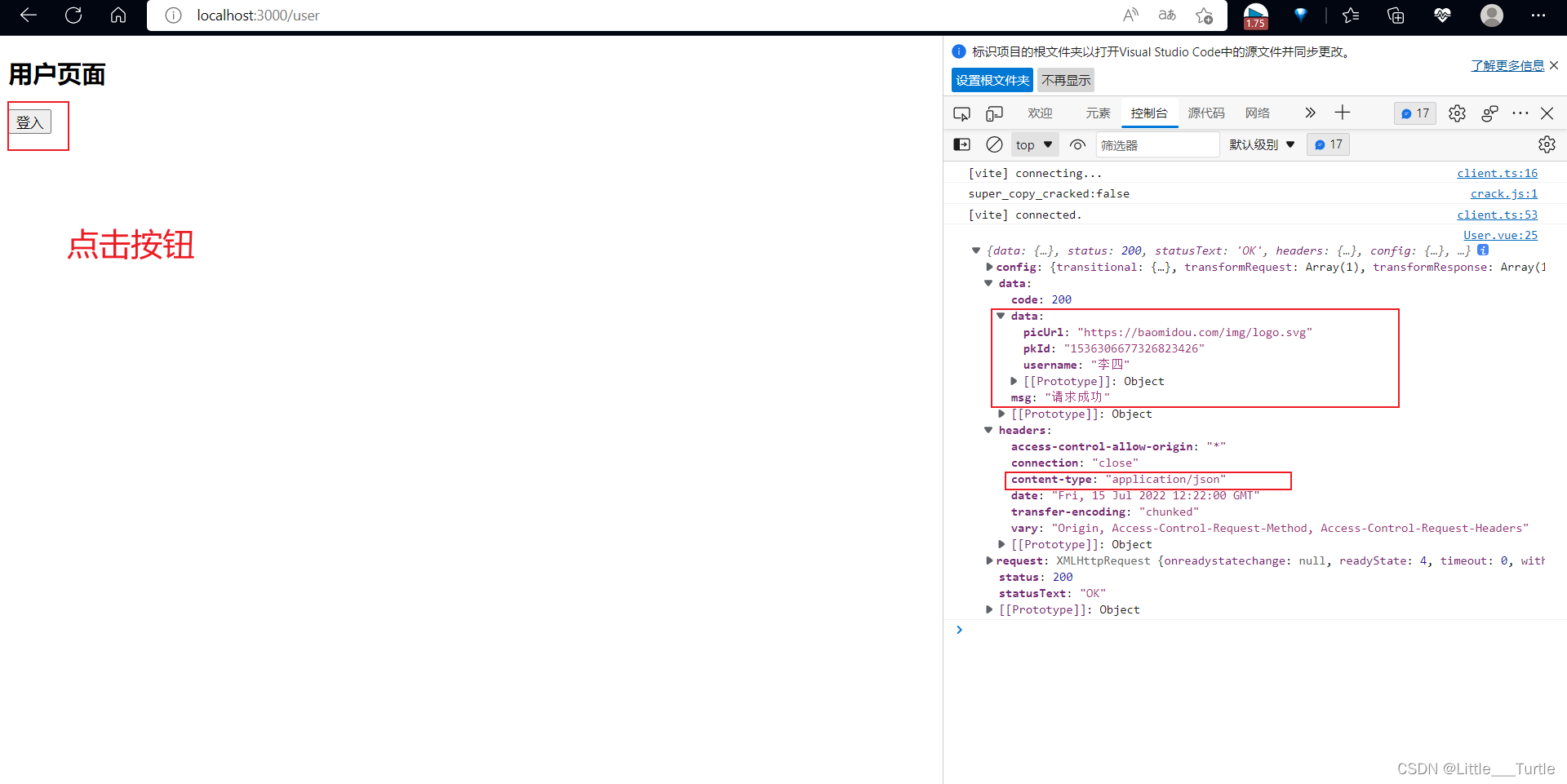
Get请求
后端接口演示
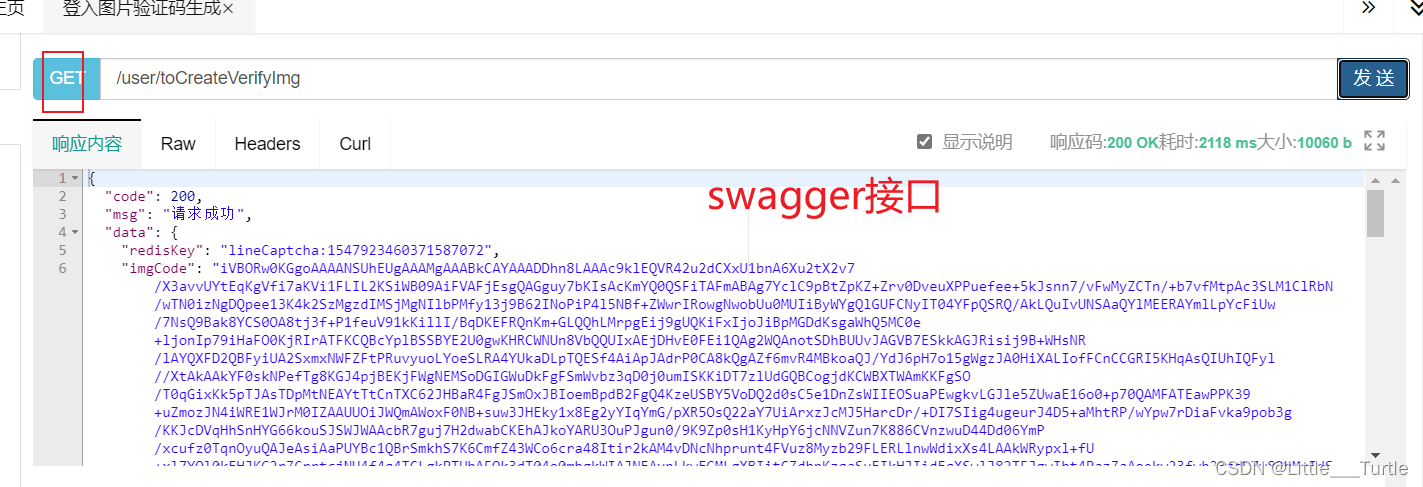
User.vue
<template>
<h2>用户页面</h2>
</template>
<script>
import axios from "axios";
export default {
created() {
//获取验证图片
axios
.get("api/user/toCreateVerifyImg")
.then(function (response) {
console.log(response);
})
.catch(function (error) {
console.log(error);
})
.then(function () {
// 总是会执行
console.log("总是会执行");
});
},
};
</script>?运行结果
 ?
?